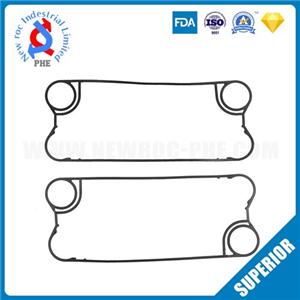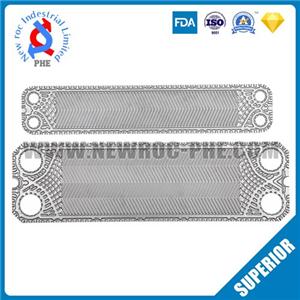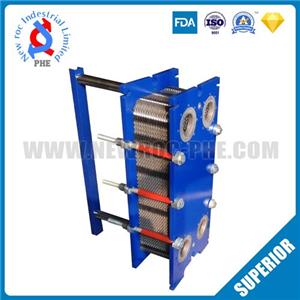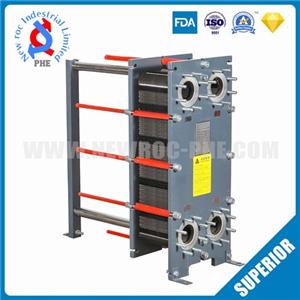Application of food grade plate heat exchanger in beer brewing industry
In the entire production process of beer brewing, heating and cooling need to be continuously carried out. If you want to produce good beer, temperature control is very important. If you want to control the temperature, you need to use a food-grade plate heat exchanger at this moment. .
Food-grade plate heat exchangers are used in the following aspects in the beer brewing process:
First, heat up the wort
Second, refrigerate the wort;
Third, pasteurization;
Fourth, to cool down before filling.
If a cold-coil heat exchanger is used to reduce the temperature, the heat exchange efficiency is not high, but some customers may worry about whether it will be blocked if the stainless steel frame plate heat exchanger is used, or the flow rate is getting smaller and smaller. what to do? Or what should I do if bacteria are caused in the process?
How to solve these problems
1. The clogging problem of plate heat exchangers: The food-grade plate heat exchangers that many people think of are likely to be very easy to be clogged. Compared with the tube heat exchangers, in fact, in beer During the brewing process, it is not so easy to block, and a small amount of hops and maltose bran does not affect the use.
2. The water flow problem of the plate heat exchanger: If you find that the plate heat exchanger is not blocked, but the water flow seems to be getting slower and slower, then there is still dirt entering. At this time, just simply add it at the water seepage. On the last filter, impurities such as hops will be detected and they will be prevented from outside the filter; if the total flow does not increase but is low at this moment, it is necessary to consider the problem of siphoning. At this moment, combine the manufacturer's selection The pressure loss data and the engineer's recommendation can be replaced by another pump.
3. Bacteria problem: If it is a small stainless steel frame plate heat exchanger device, the pipeline is both sealed and controlled to ensure the tightness of the fermentation vessel, and the possibility of bacteria entering is minimal; if it is a large factory, food-grade plate heat exchange If it has many uses, clean it well. Don't feel troublesome. In fact, every detail is to better reduce the problems that may occur during operation, and it is also the key to making the heat exchange equipment longer.




